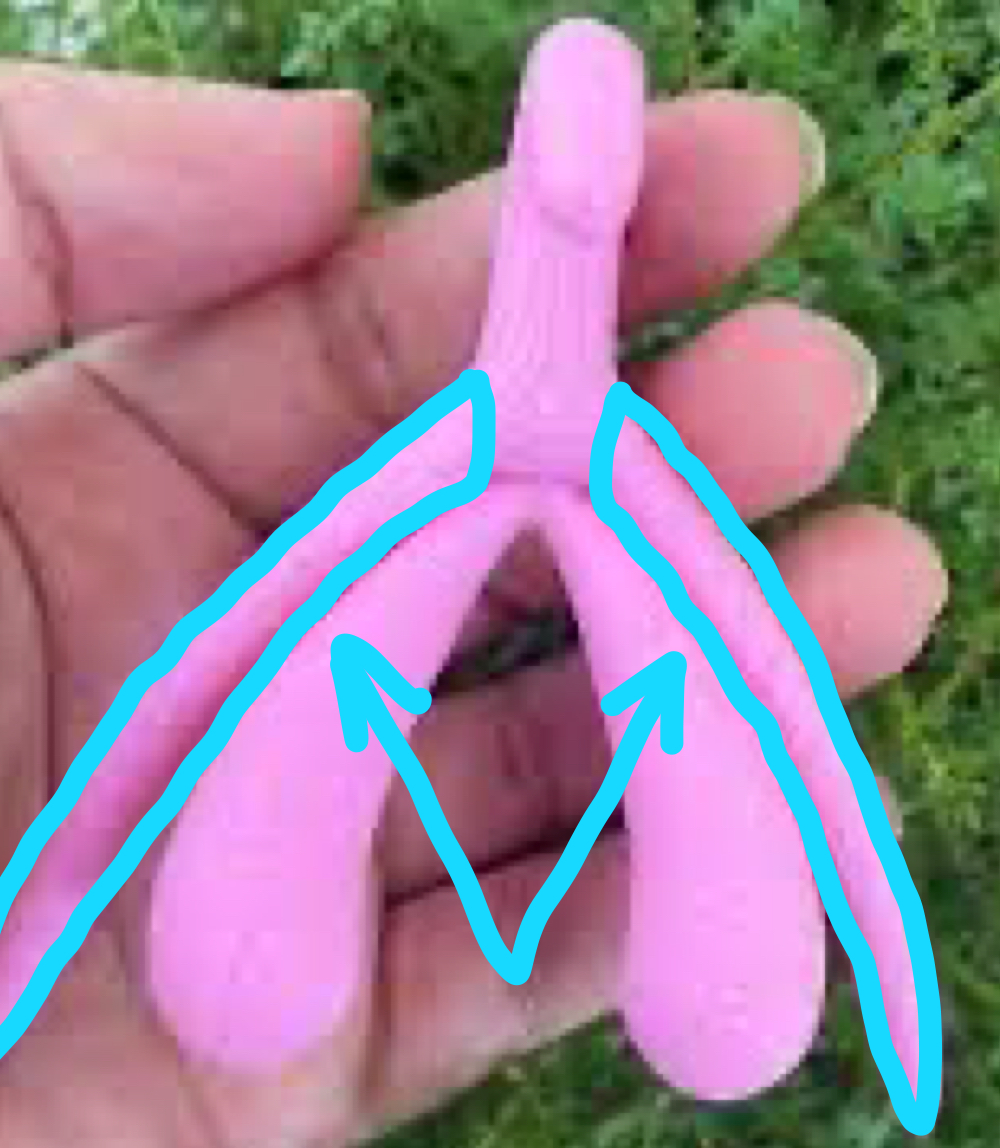LAST AP1 LAB PRACTICUM
1/78
There's no tags or description
Looks like no tags are added yet.
Name | Mastery | Learn | Test | Matching | Spaced |
|---|
No study sessions yet.
79 Terms
gonads
testes and ovary
seminiferous tubules
site of germ cell development
Leidig cells
AKA Interstitial cells. Secrete testosterone
Sertoli Cells
AKA Sustenacular cells. Supplies nutrients to developing sperm. Secrete inhibin
Spermatids
immature derivatives of germ cells, develop and mature to become sperm
Features of Testes
seminiferous tubules, leidig cells, sertoli cells, spermatids
ovary features
primordial follicles, developing (primary and secondary) follicles, tertiary (grafian) follicle, corpus luteum
primordial follicles
ova paused in meiosis, surrounds by a single layer of support cells
developing (primary and secondary) follicles
support cells become cuboidal and multiply as the ova continues through meiosis and the follicle gets larger
tertiary (grafian) follicle
largest developed follicle capable of undergoing ovulation
corpus luteum
remnant of a follicle shortly after ovulation
scrotum
testis, seminiferous tubules, epididymis
Testis (testes)
sperm production; secretes androgen hormones
seminiferous tubules
within testis; site of sperm production
epididymis
site of sperm maturation between seminiferous tubules and ductus deferens
spermatic cord
ductus (vas) deferens and cremaster muscle
ductus (vas) deferens
transports sperm
cremaster muscle
elevates the scrotum
penis
glans penis, prepuce, corpora cavernosa, corpus spongiosum
glans penis
rounded head (tip) of the penis, containing many sensory neurons
prepuce
commonly called the foreskin
corpora cavernosa
two erectile tissue
corpus spongiosum
single erectile tissue that surrounds urethra
accessory glands
seminal gland, prostate gland, bulbourethral gland
seminal gland
secretes 60% of semen volume
prostate gland
secretes 30% of semen volume
bulbourethral gland
secretes alkaline lubricating fluid
ovaries
production of ova (eggs) and estrogens
uterine (Fallopian) tubes
connect ovary with uterus
fimbriae
finger-like projections, distal end
uterus
site of implantation of fertilized ovum
cervix
narrow, inferior region that secretes mucus vagi
vagina
muscular tube (birth canal)
vulva
external genitalia
vulva
labia majora, labia minora, external urethral orfice, prepuce, greater vestibular glands, hymen
labia majora
singular: labium major
labia minora
singular: labium minus
external urethral orifice
opening of the urethra to the external world (where urine leaves the body)
prepuce
skin covering the glans clitoris, often called the “clitoral hood”
greater vestibular glands
secrete lubricating fluid into the vagina
hymen
epithelial tissue that may temporarily obstruct the vagina in some individuals
clitoris
erectile tissue with sensory nerves
clitoris
glans clitoris, corpora cavernosa, bulbs of the vestibule
glans clitoris
anterior-most tip of the clitoris, containing nerve endings
corpora cavernosa
two erectile tissues, can be up to 7 cm long in an adult
bulbs of the vestibule
two bodies of erectile tissue, homologous to the corpus spongiosum split in two
homologous structure that produce gametes
testes, ovaries
homologous structure that often develop coarse hair during puberty
skin of scrotum, labia majora
homologous structure that do not develop coarse hair
skin of penis shaft, labia minora
homologous structure; tip of structure containing nerve endings
glans penis, glans clitoris
homologous structure, skin covering glans organ
prepuce, prepuce
homologous structure; two cylinders of erectile tissue
corpora cavernosa, corpora cavernosa
homologous structure that, one tube of erectile tissue, divided in two for females
corpus spongiosum, bulbs of vestibule
scrotum
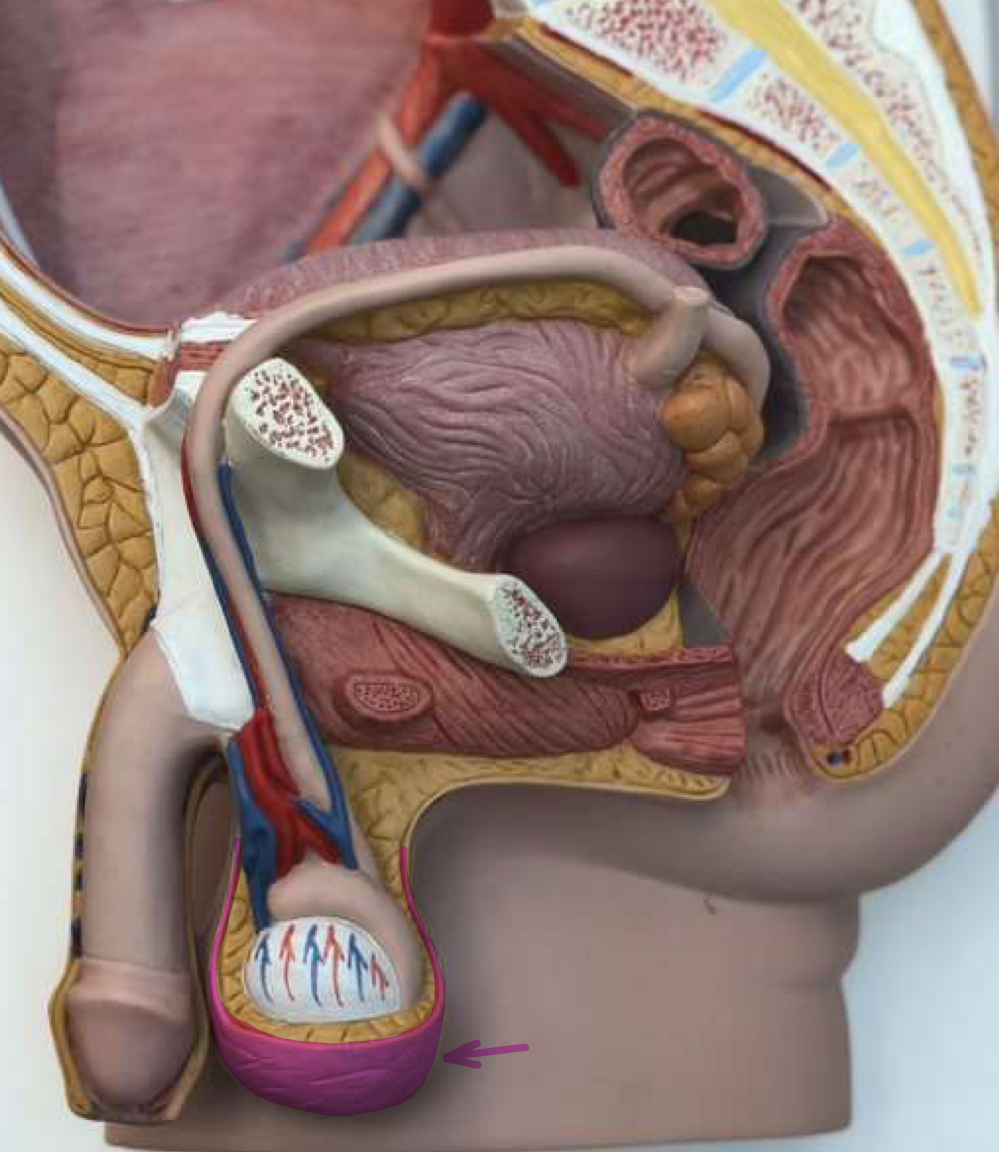
testis (testes)
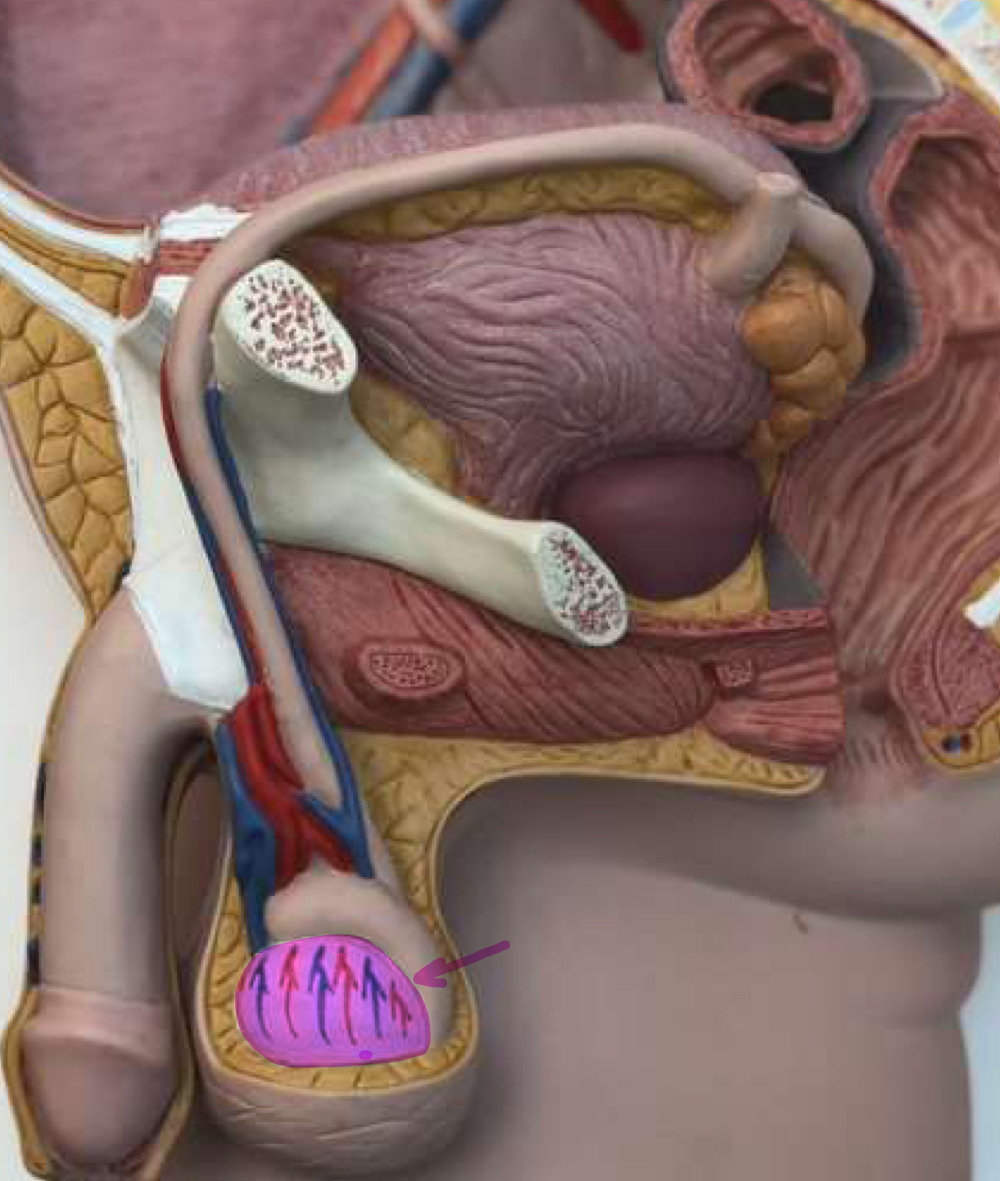
epididymis


spermatic cord
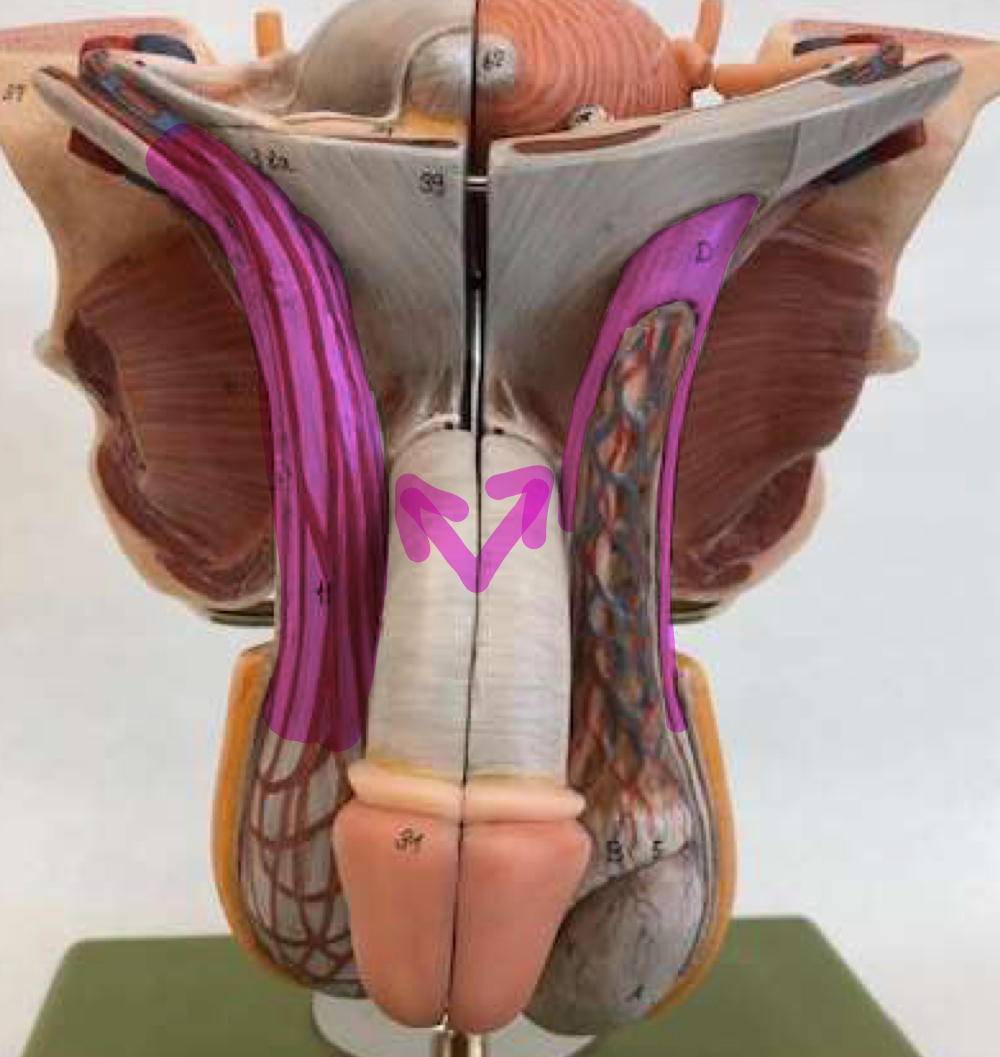
ductus (vans) deferens
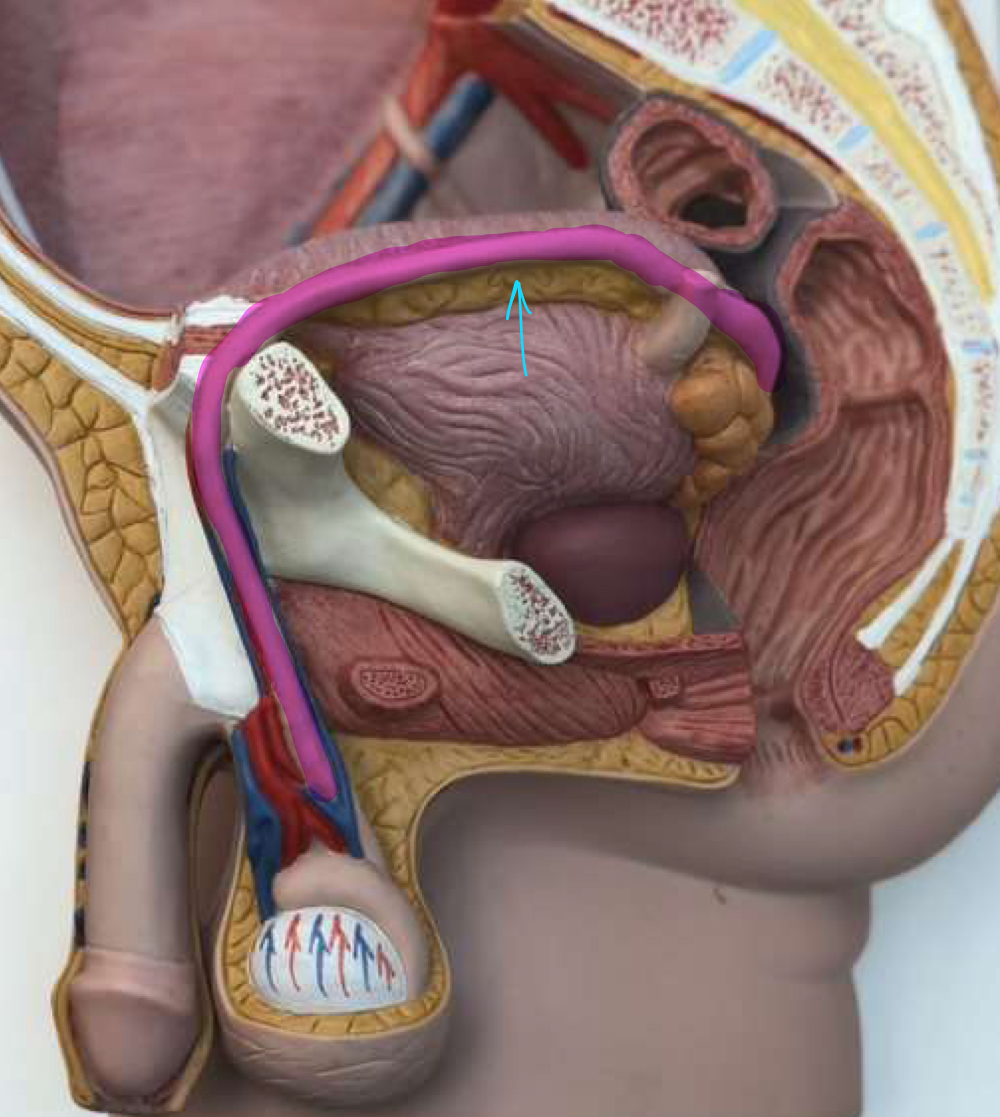
cremaster muscle
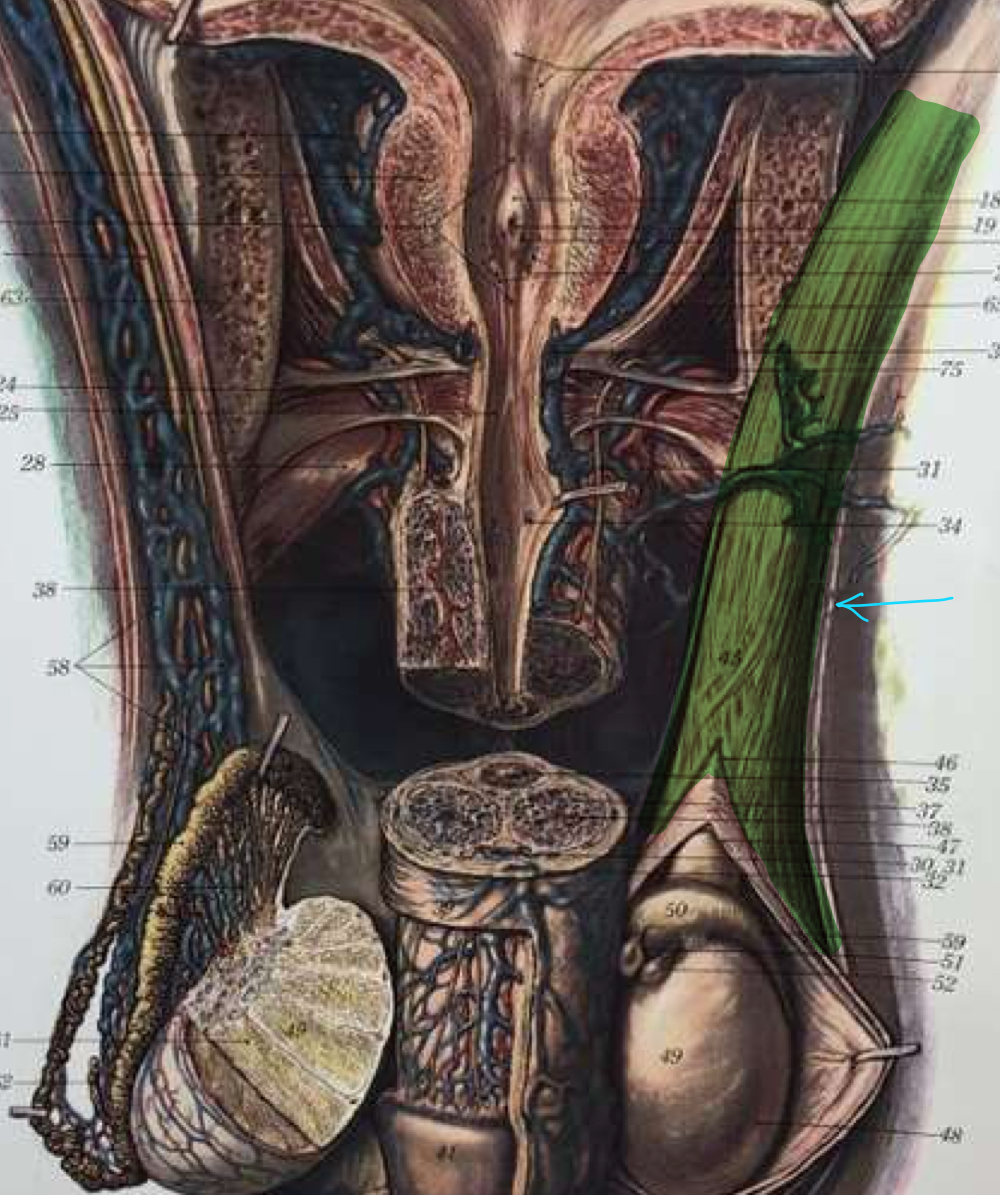
penis

glans penis
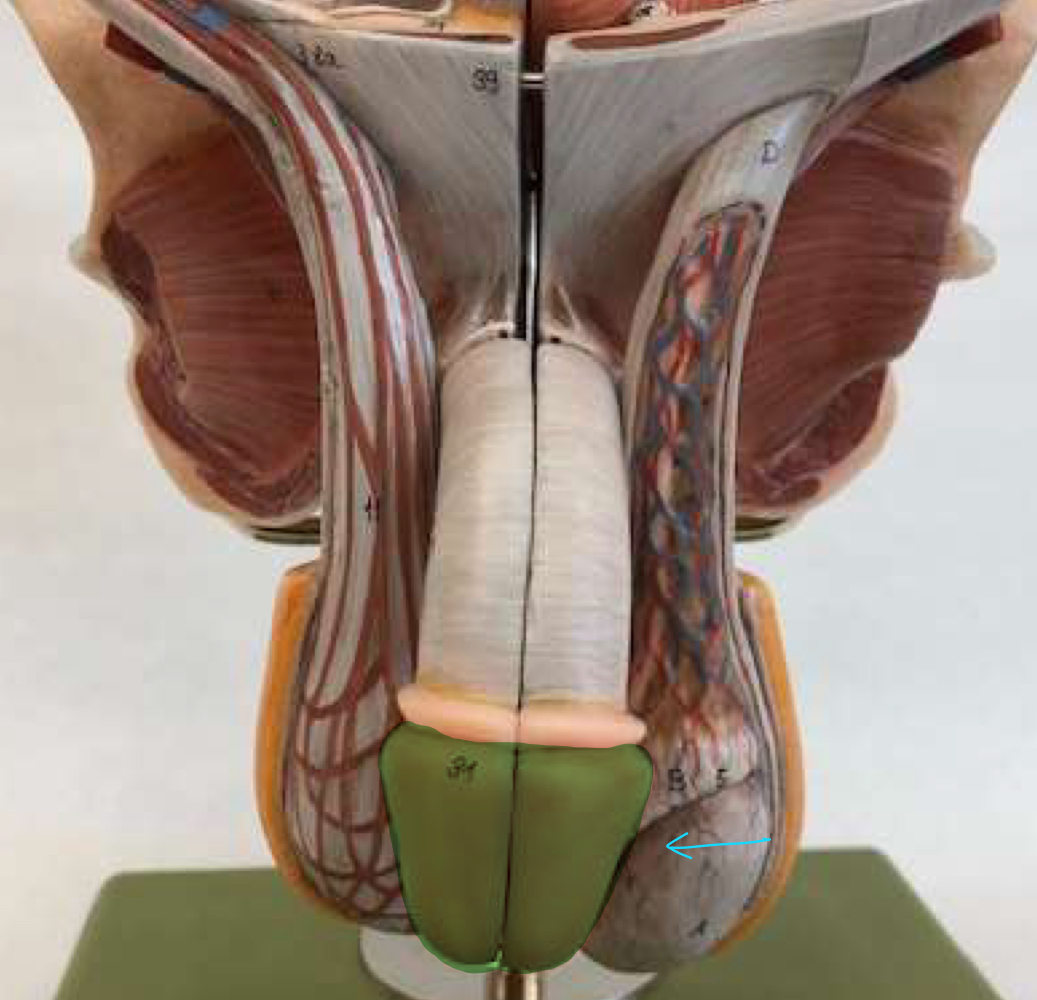
corpora cavernosa

corpus spongiosum
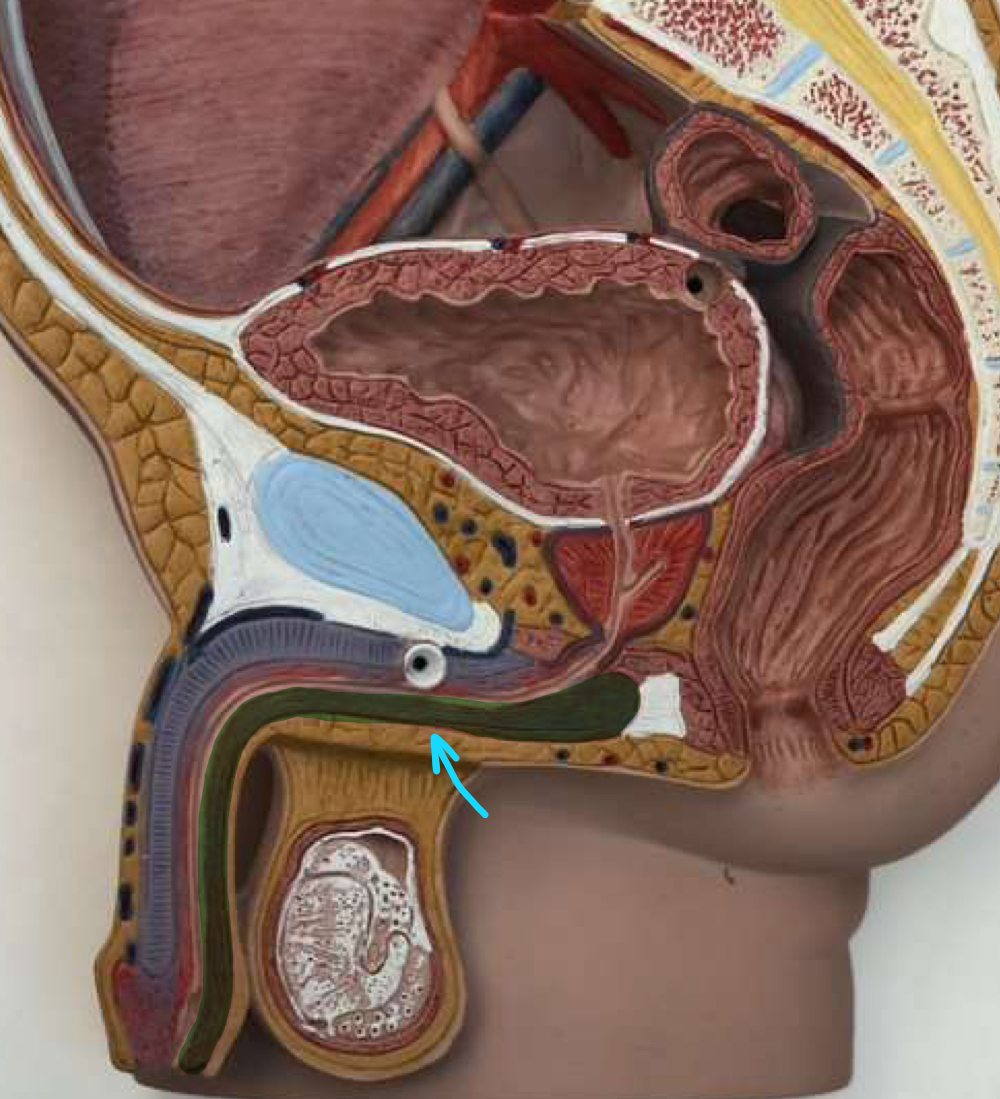
prostate gland
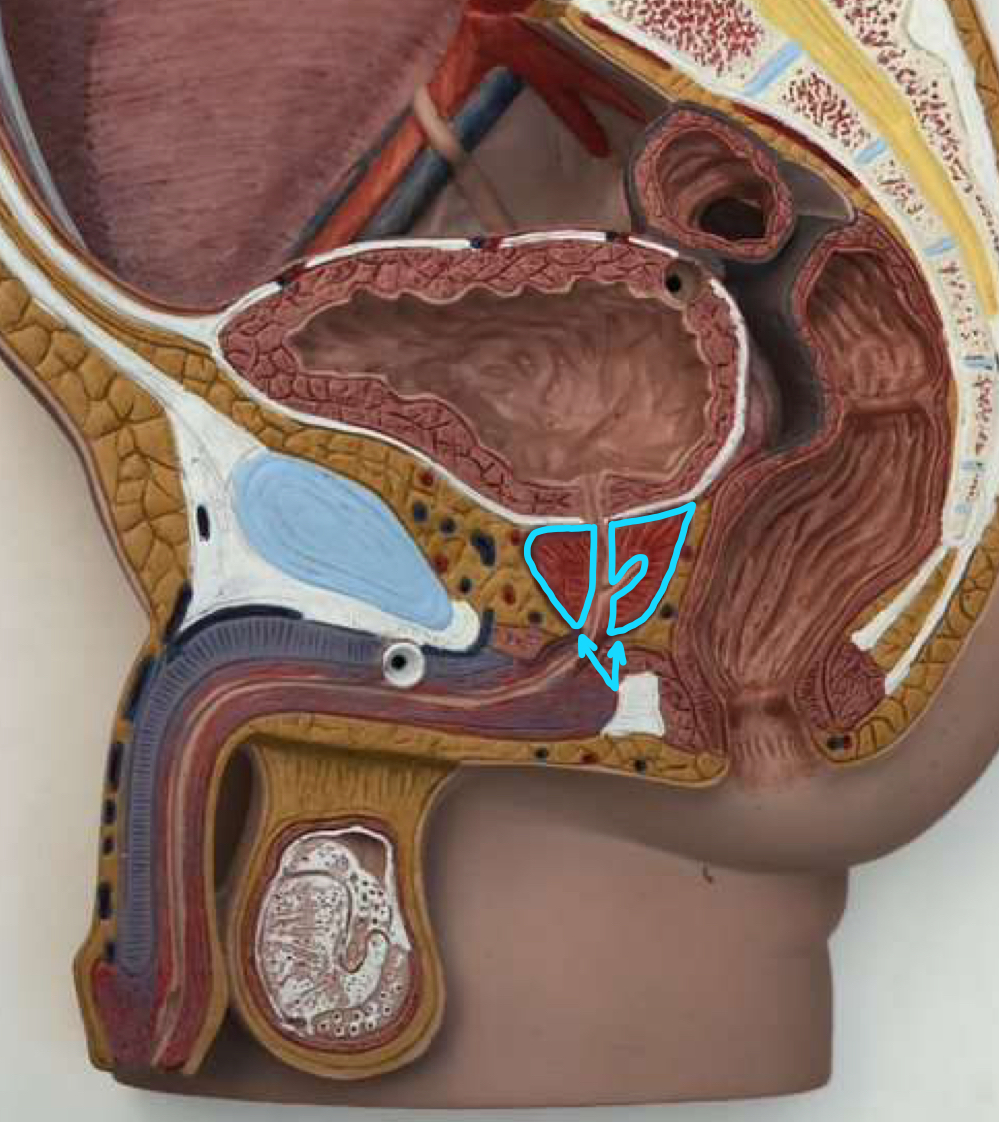
seminal gland
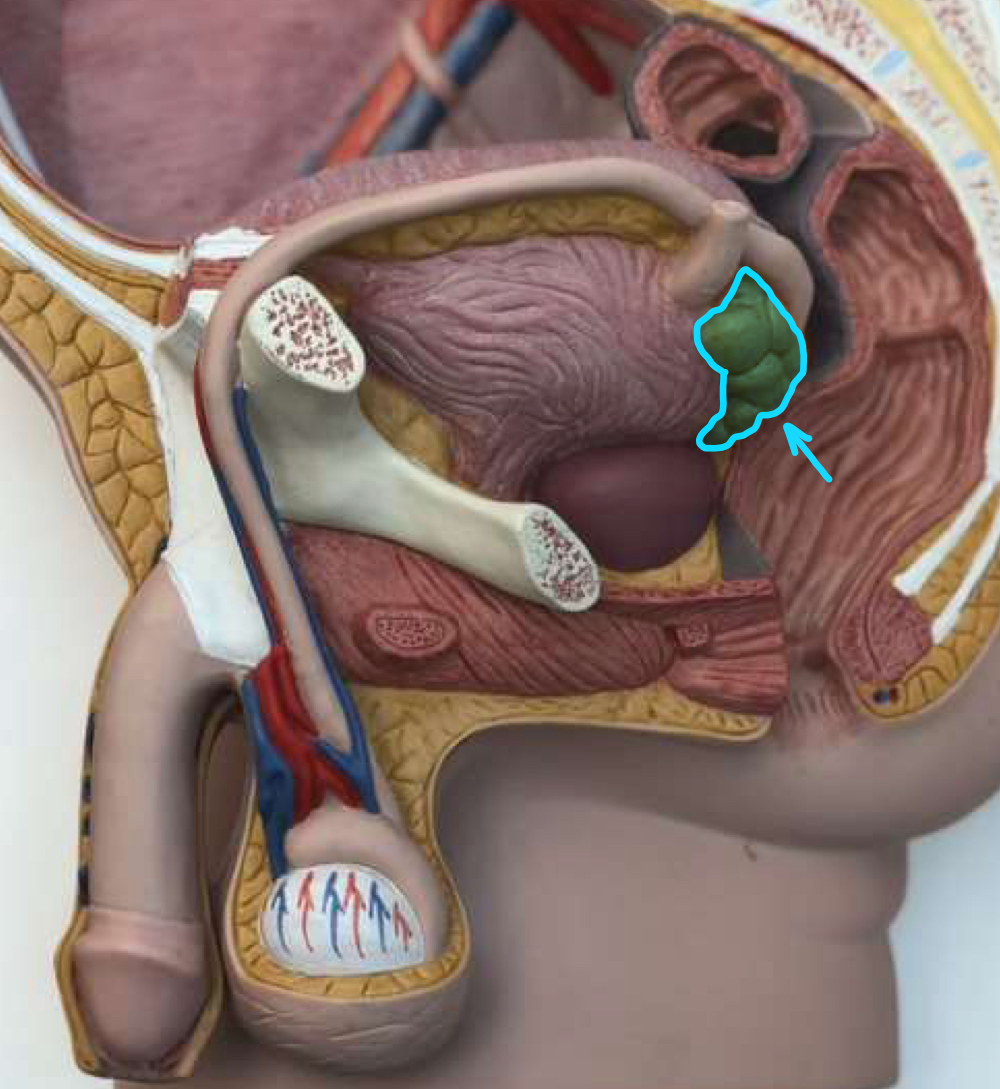
ovaries
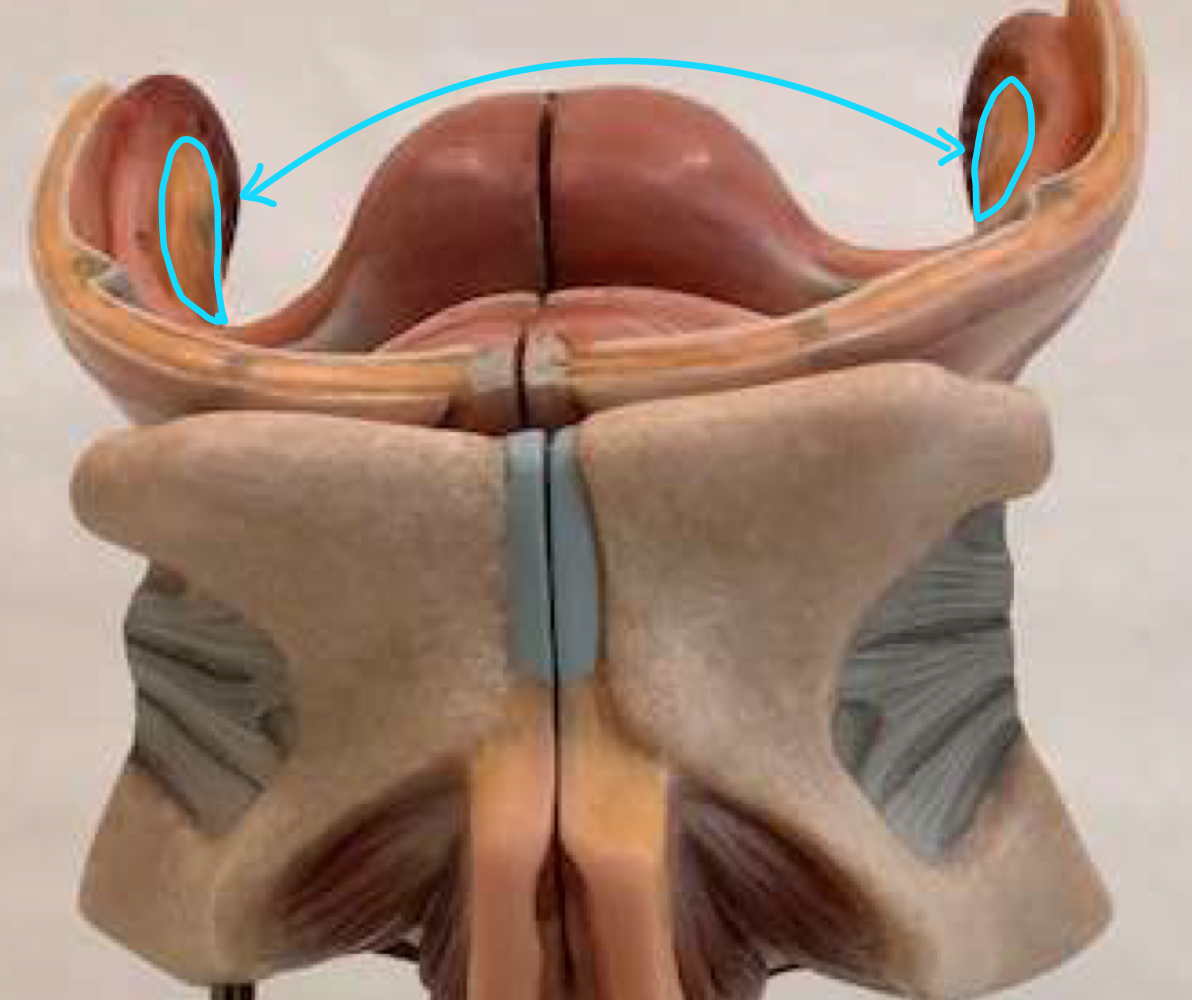
uterine (fallopian) tubes
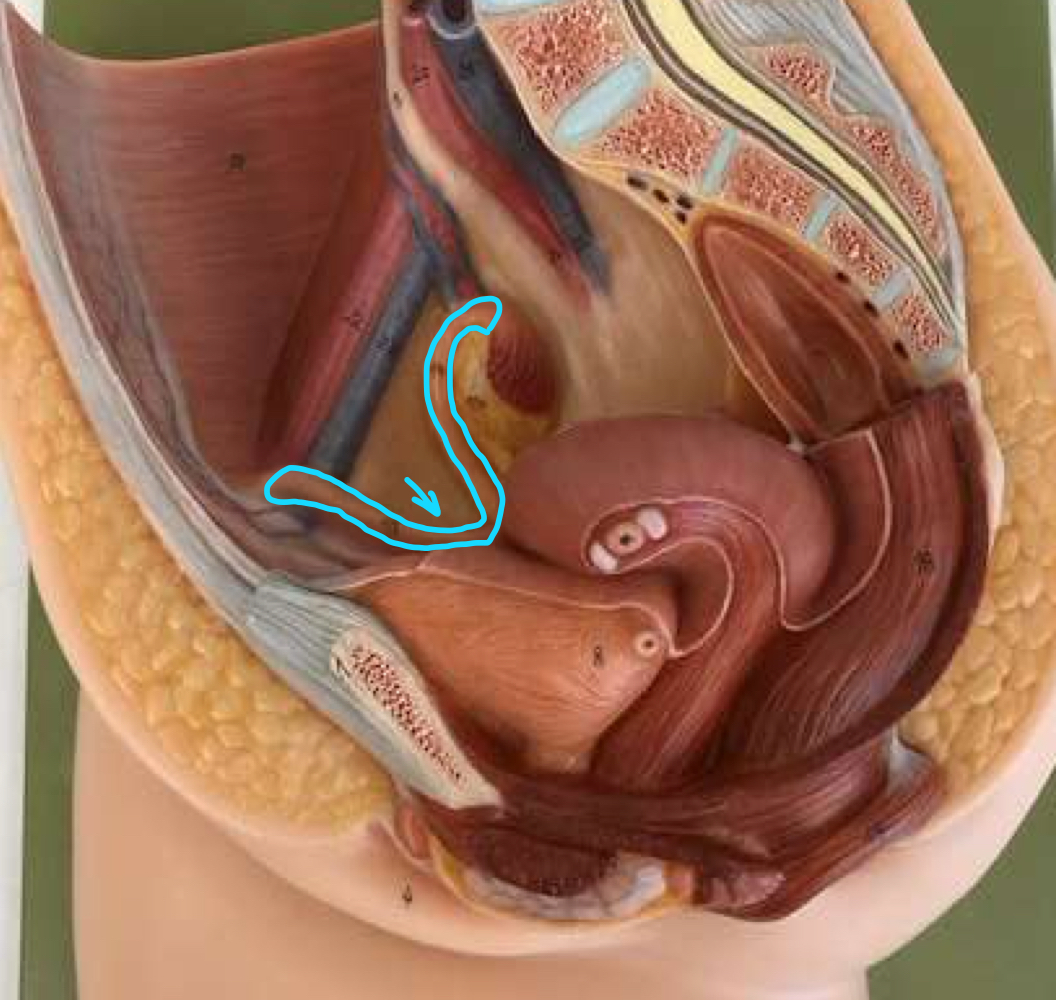
fimbriae
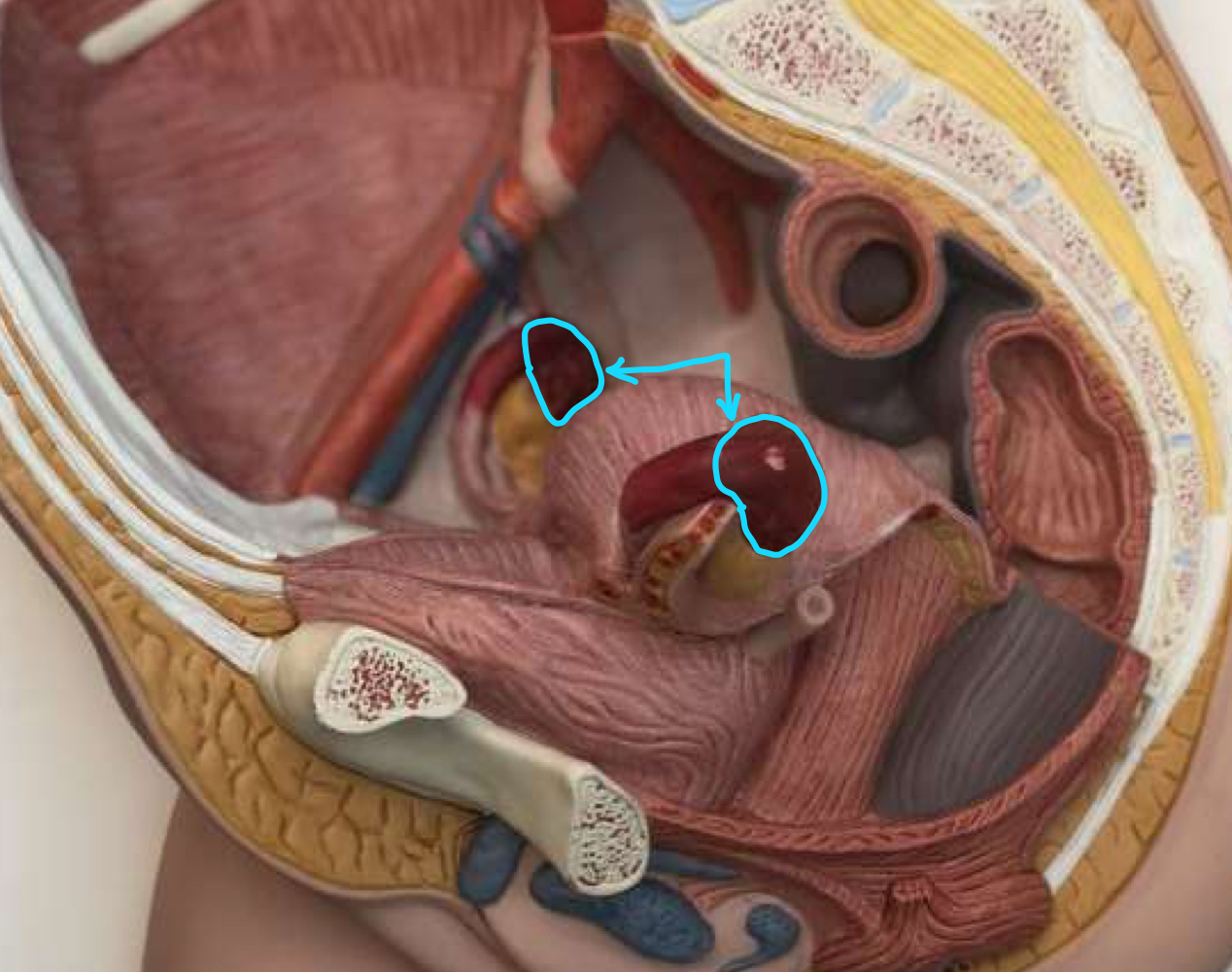
uterus
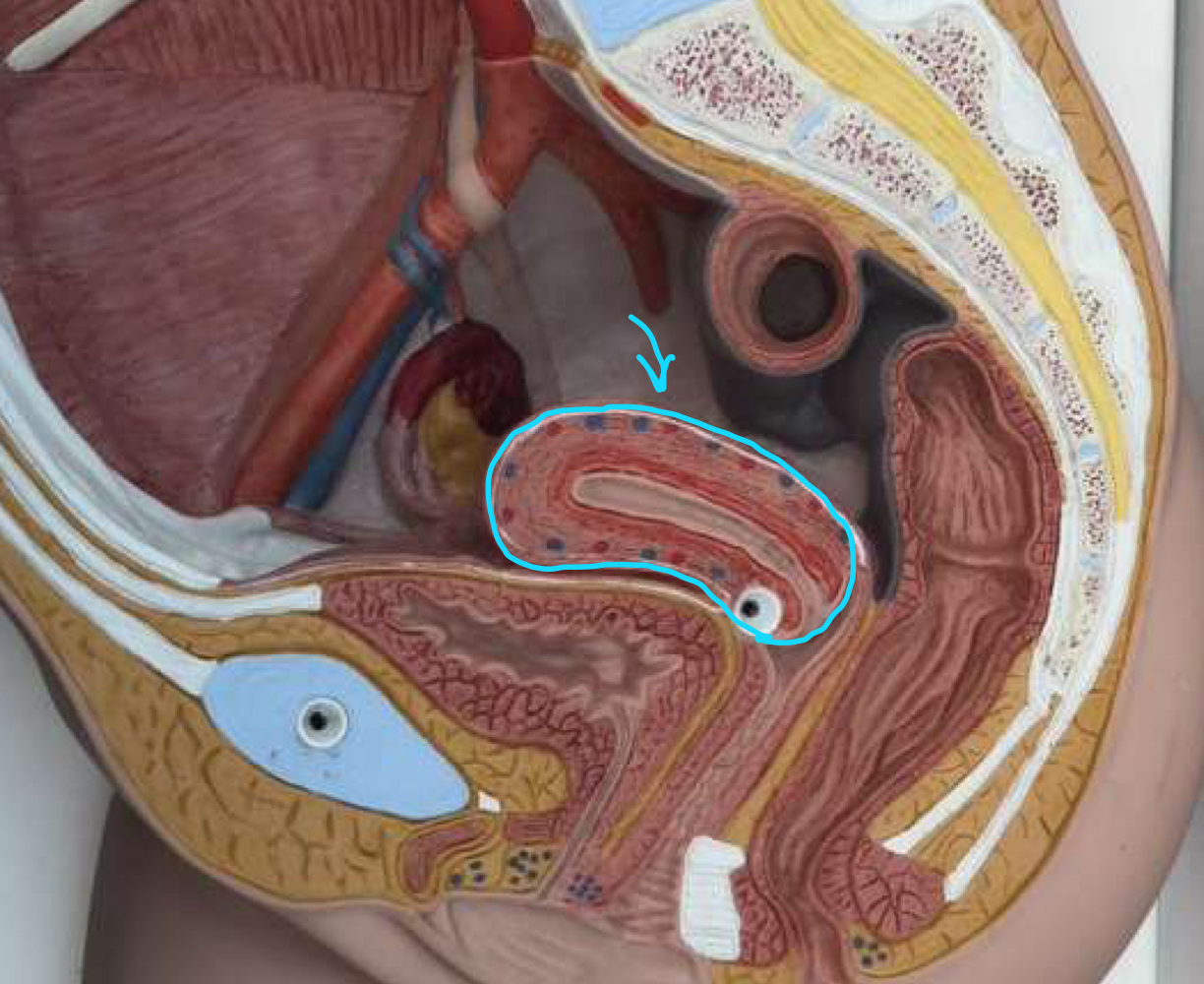
cervix
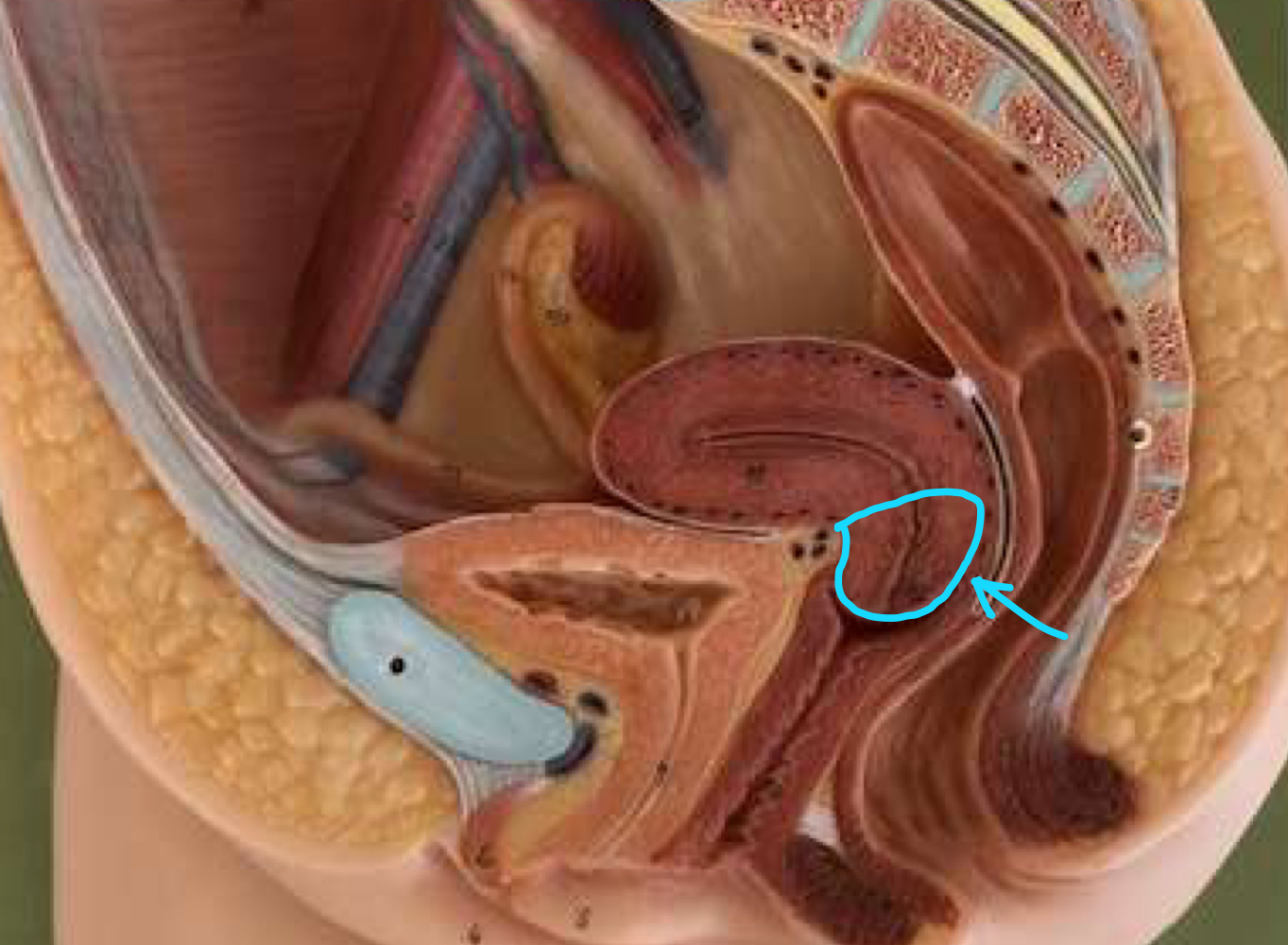
vagina
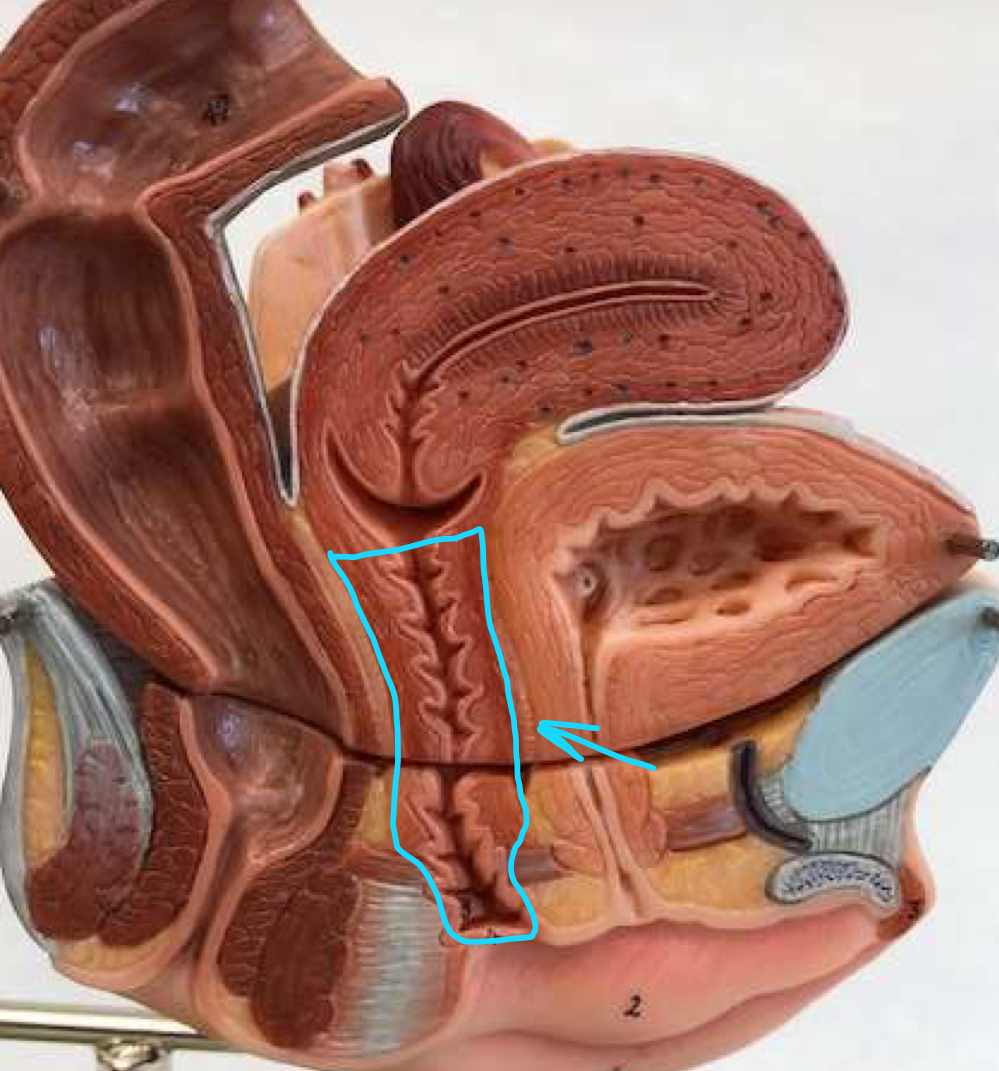
labia majora
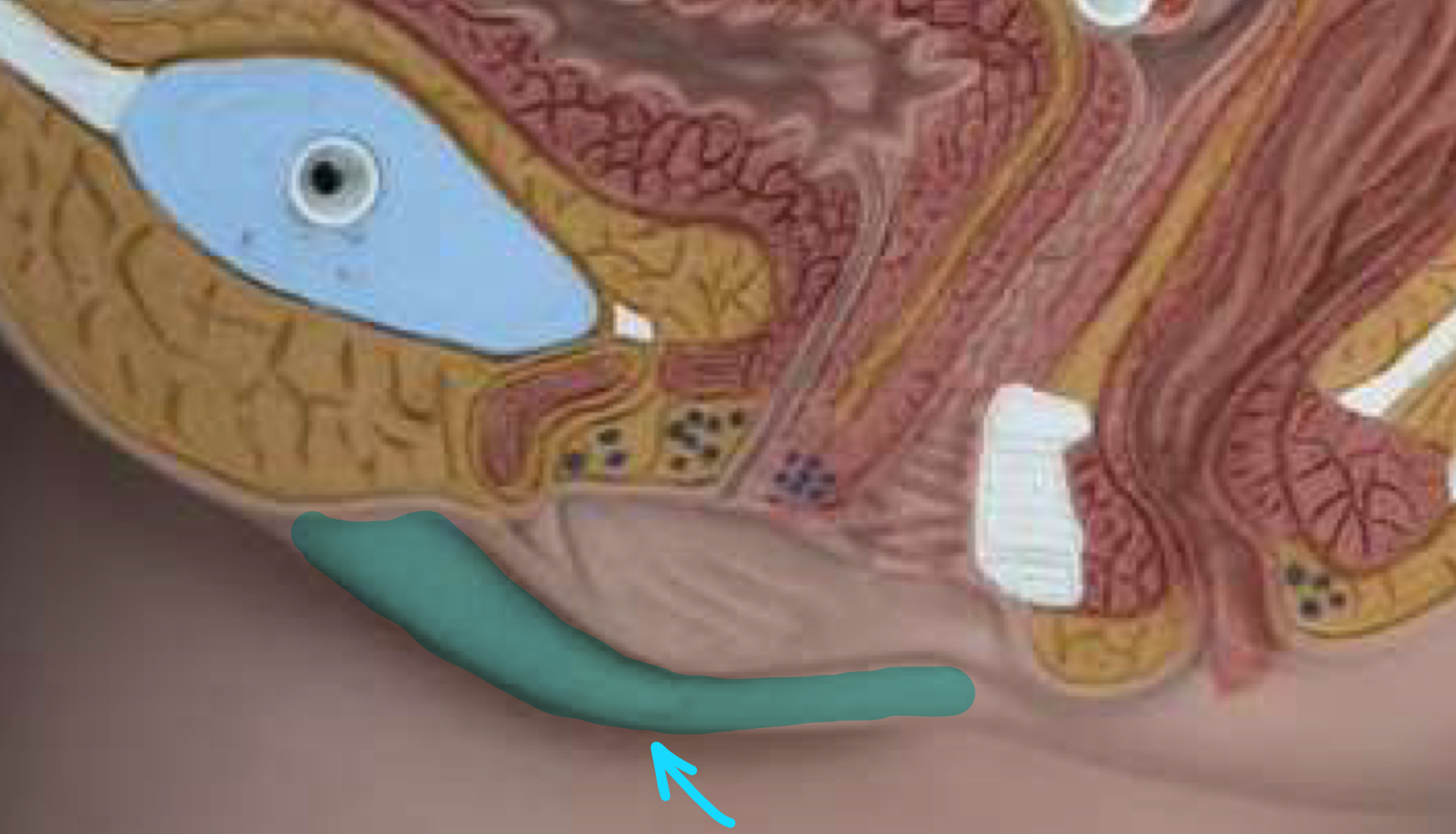
labia minora
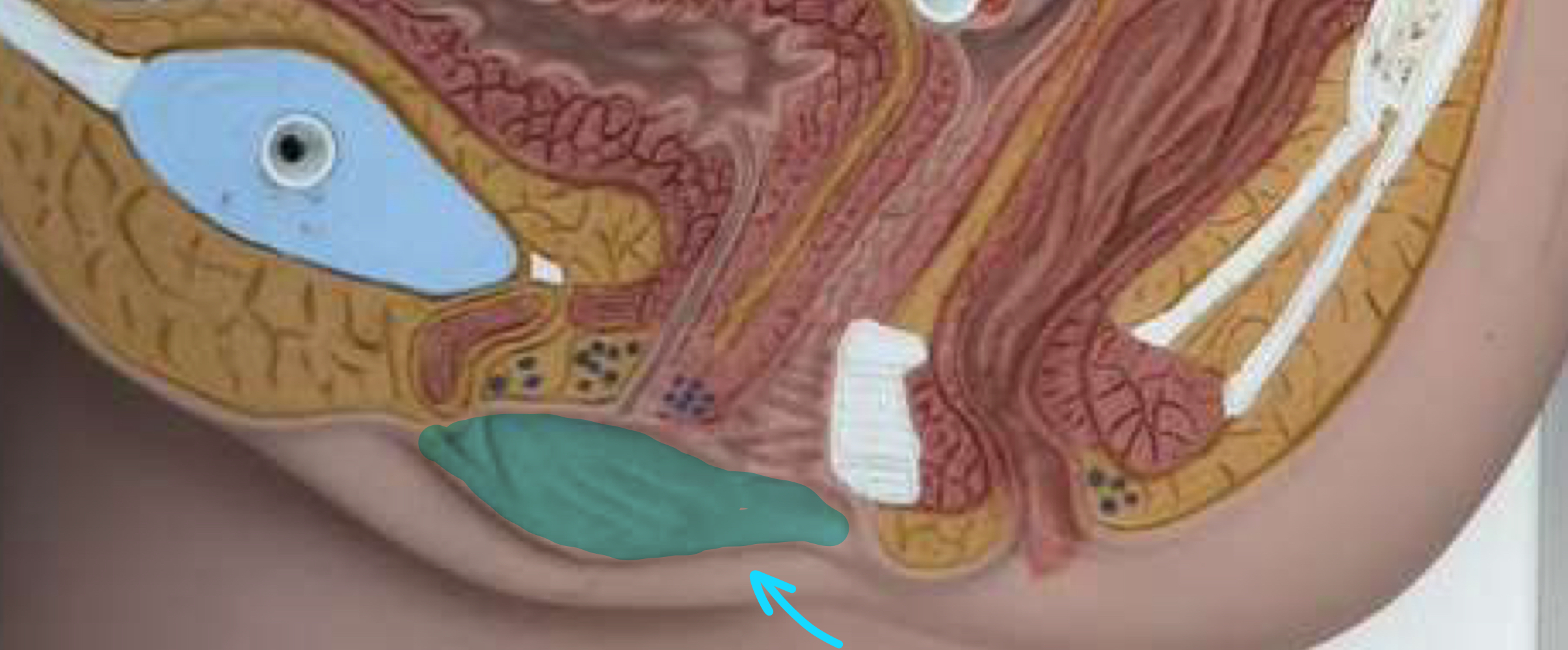
external urethral orifice
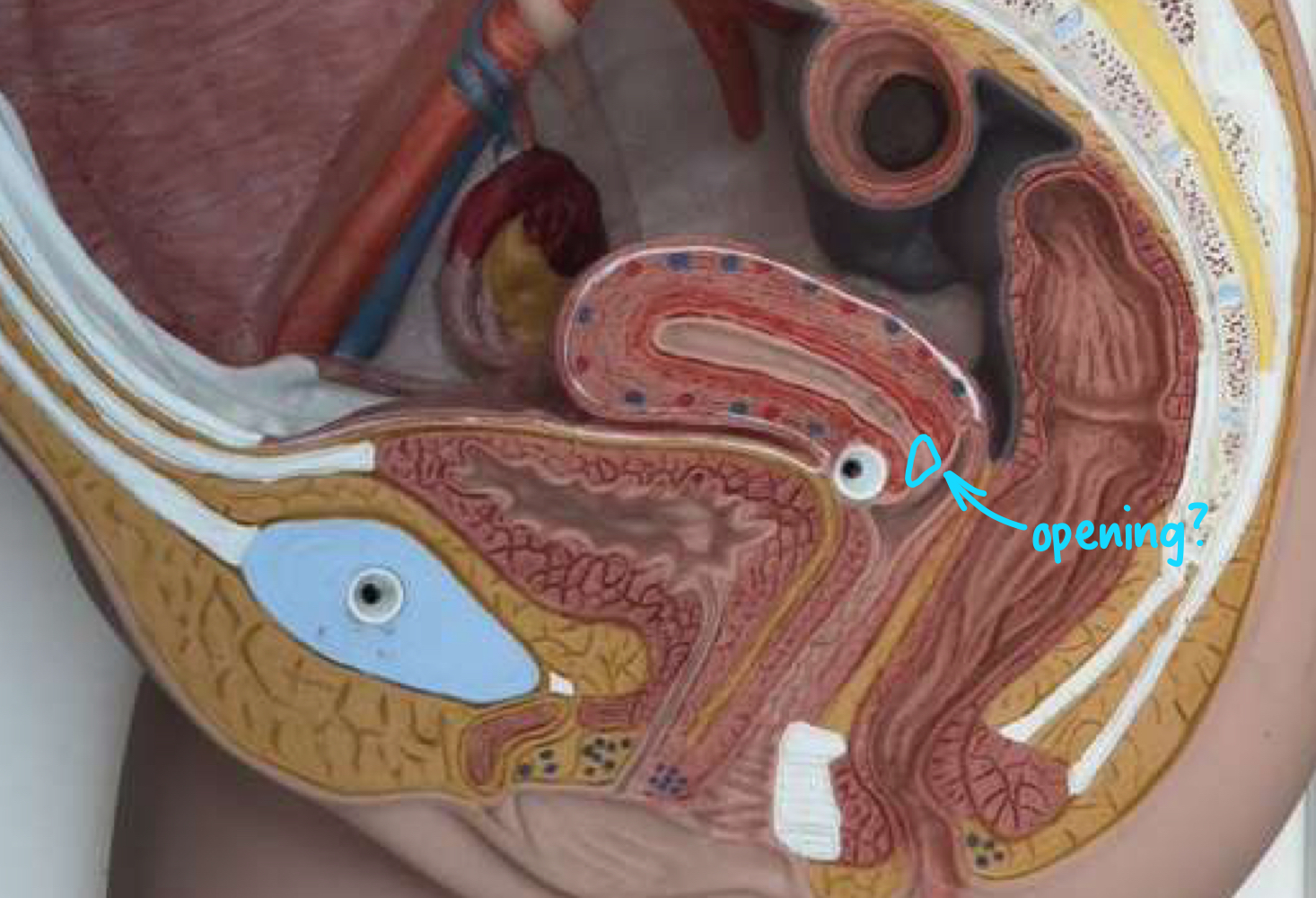
clitoris
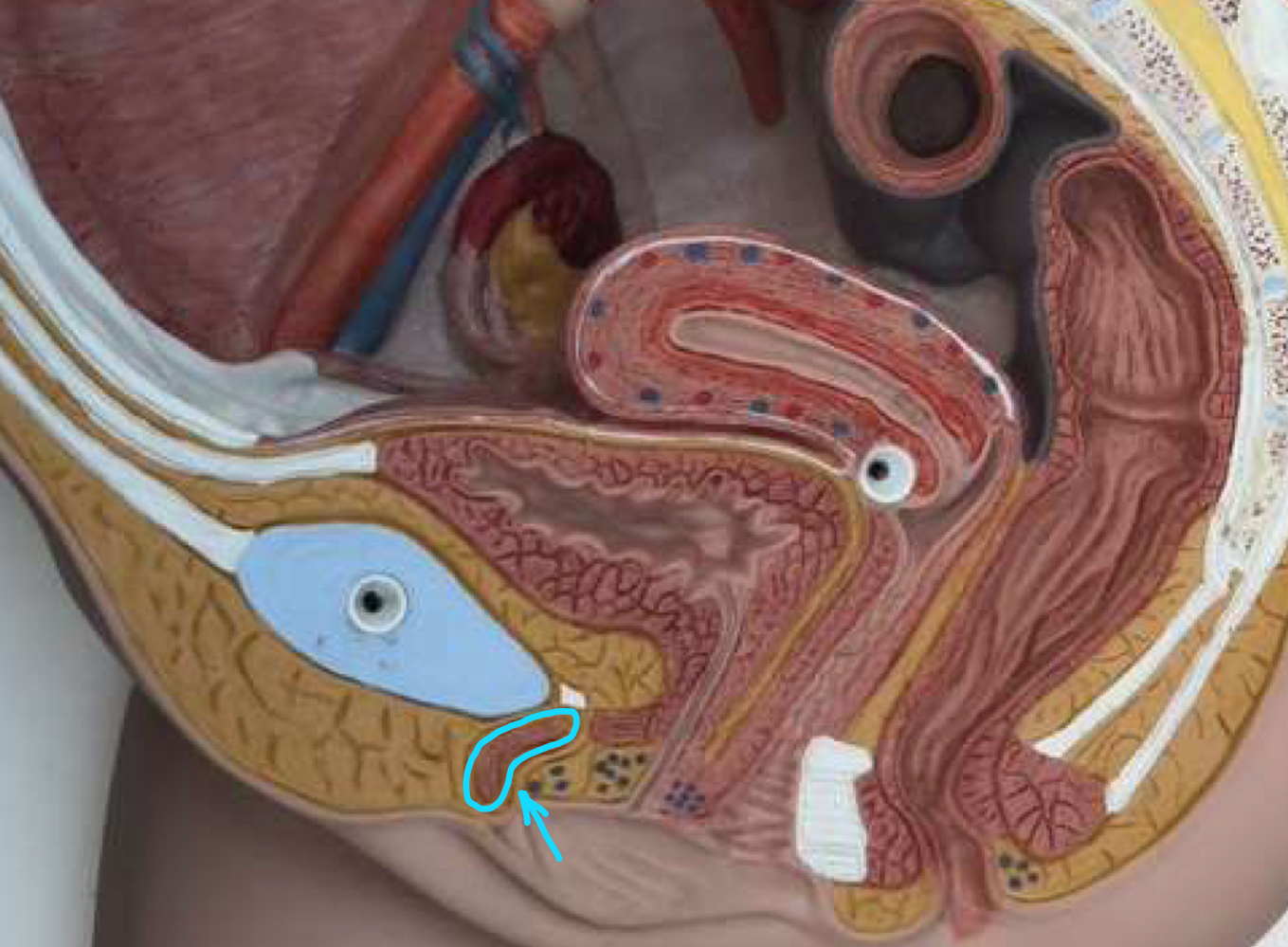
bulbs of vestibule

glans clitoris
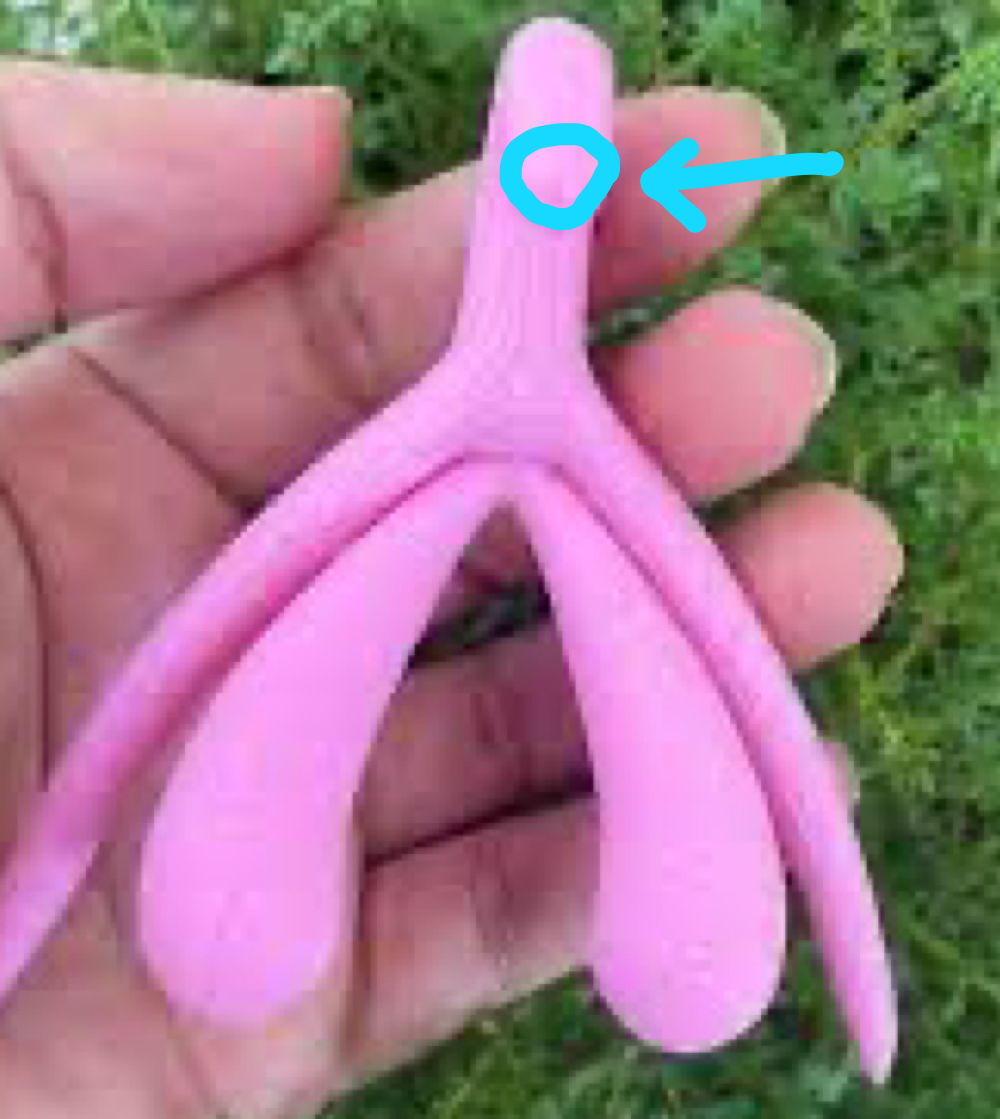
corpora cavernosa
